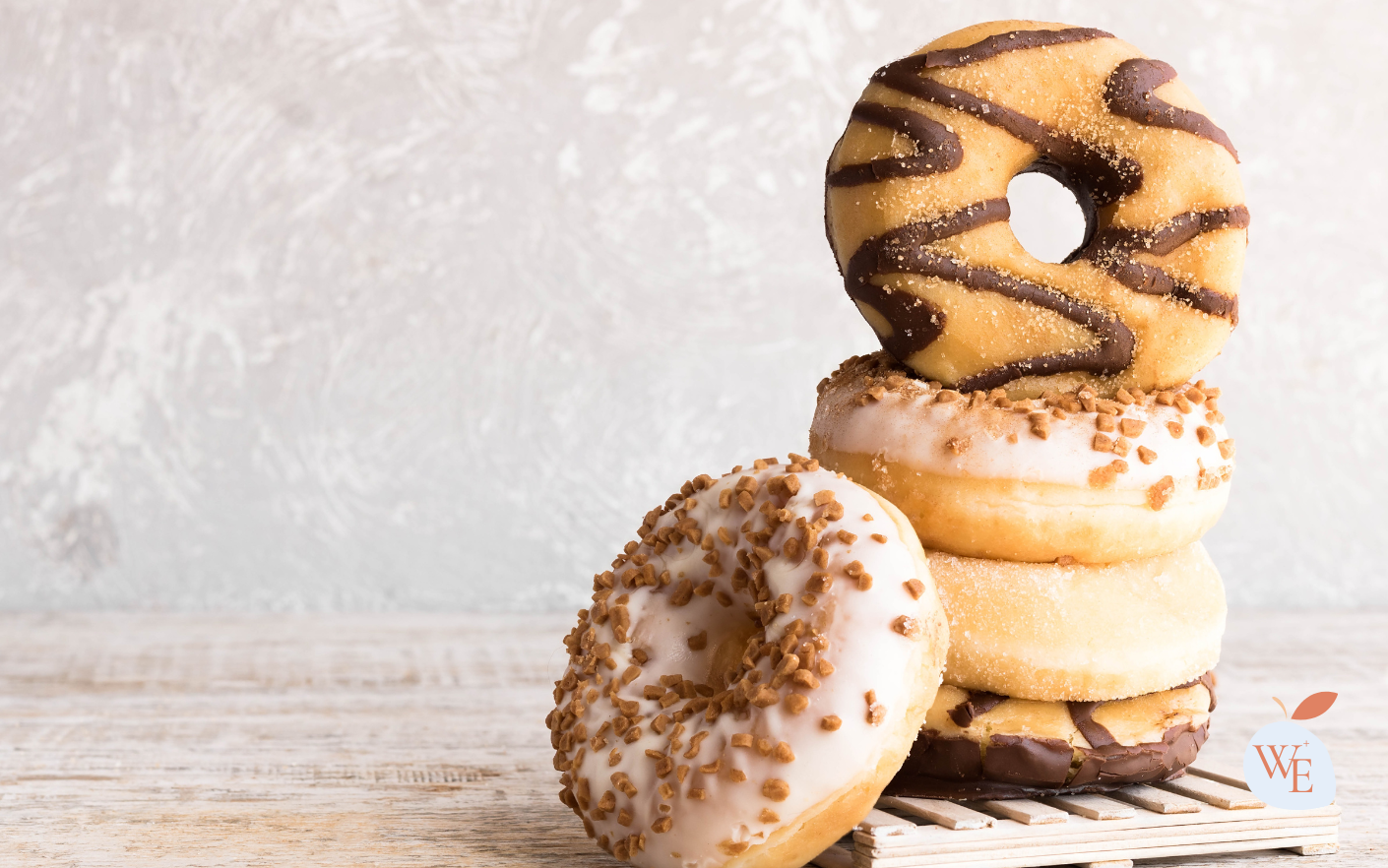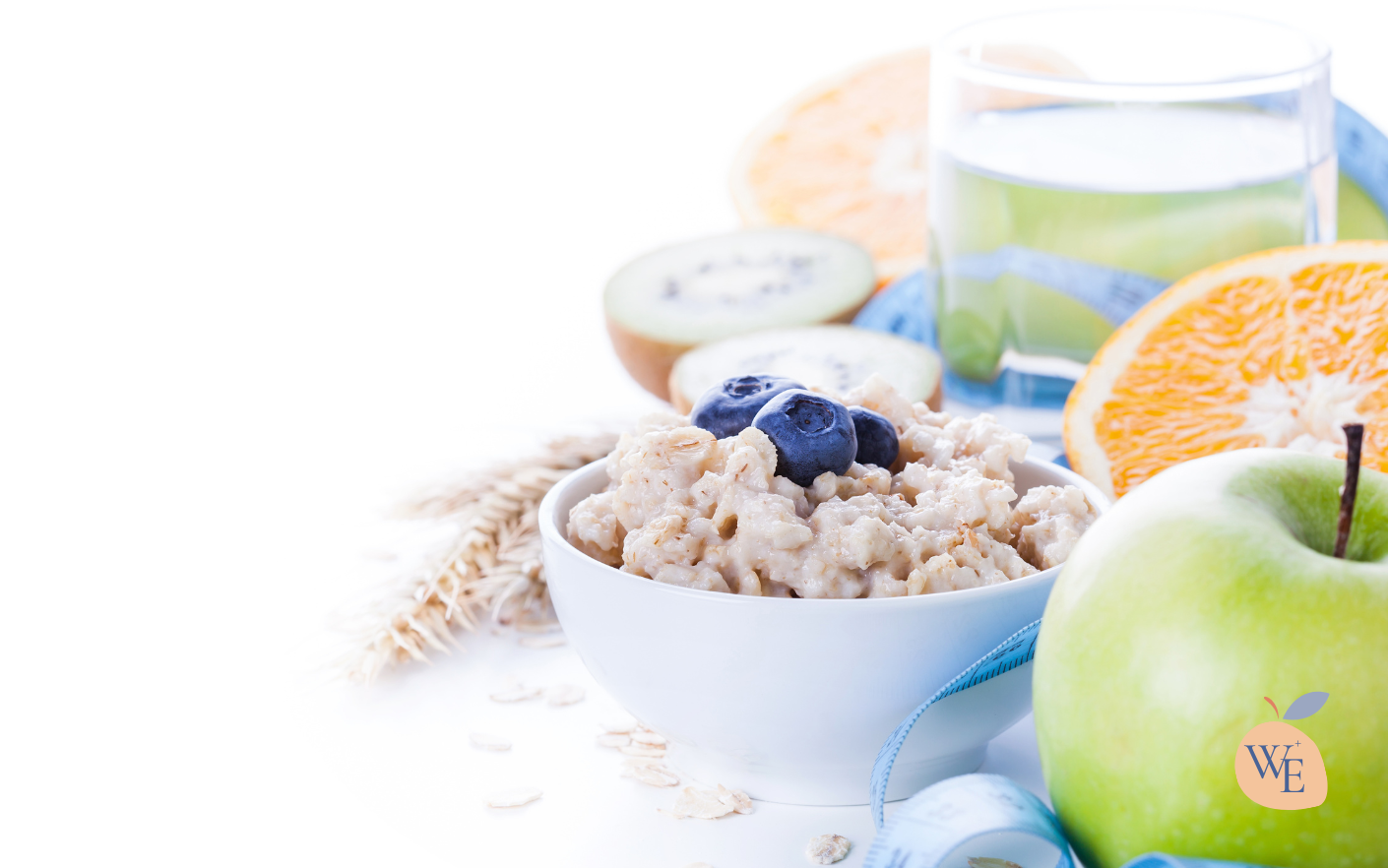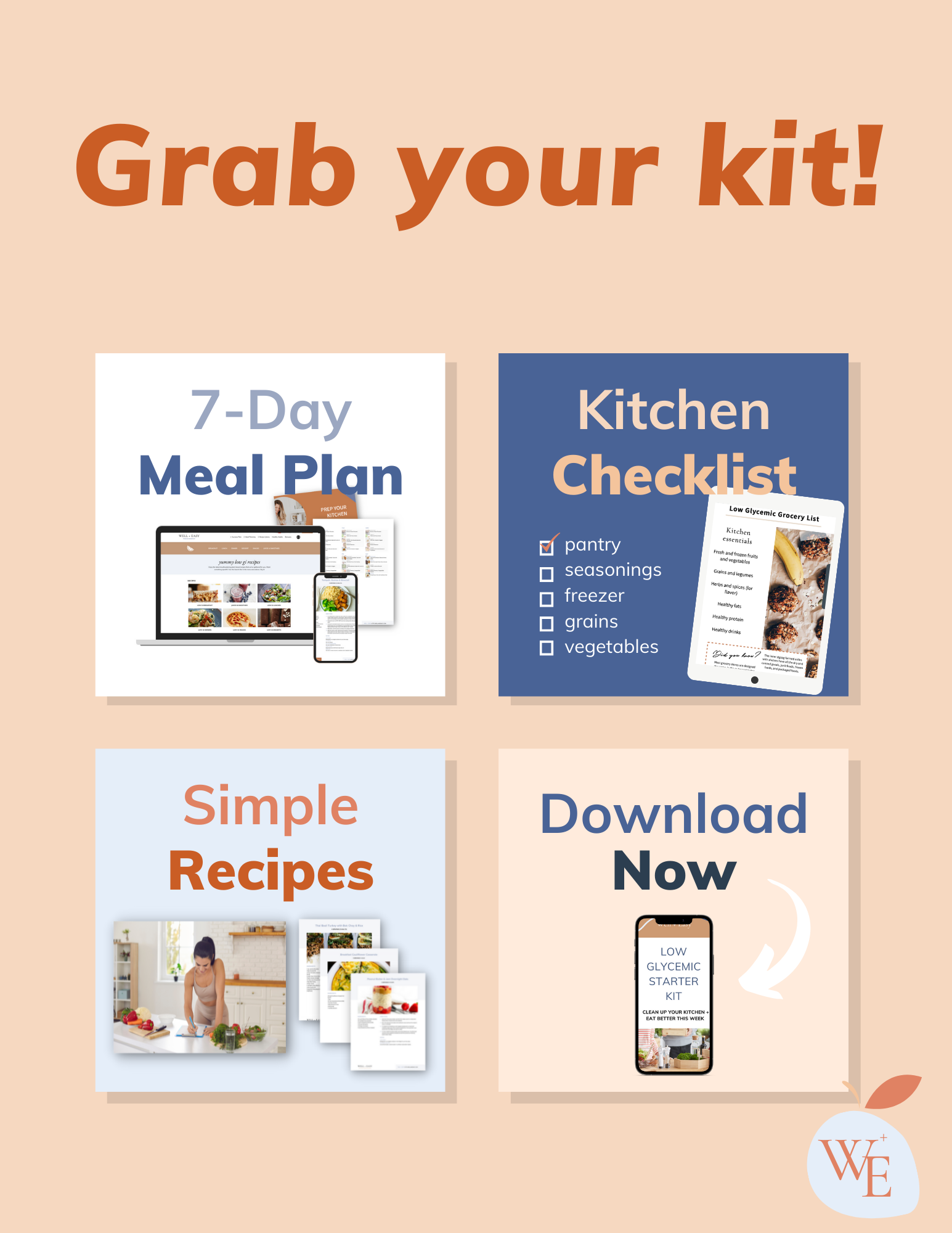Low glycemic diet plan for weight loss, diabetes prevention & more

Low glycemic diets are popular for people looking to lose weight, improve their overall health, and reduce their risk of diabetes. This type of diet focuses on eating whole foods that provide slow-release energy, which helps keep blood sugar levels steady.
Why is a low glycemic diet important?
If you’re trying to lose weight, a low glycemic diet is one of the best ways to do so. It’s also helpful for preventing diabetes, lowering blood pressure, and improving overall health.
A low glycemic diet means eating foods that break down slowly into glucose, which is what our bodies use for energy. Foods that cause rapid spikes in blood sugar levels (like sugary drinks) are called high glycemic foods. These foods cause us to release insulin, which helps regulate blood sugar levels. However, if we eat too many high glycemic foods, our body becomes resistant to insulin, causing blood sugar levels to spike. When this happens, we feel hungry again soon after eating because our body needs more fuel to function properly.
The benefits of a low glycemic diet
A low glycemic index (GI) diet has been shown to help people lose weight, improve insulin sensitivity, reduce blood sugar levels, and even prevent diabetes. This type of diet is based on foods with a low GI value, meaning they take longer to digest than other foods.
In general, the lower the number, the better. However, there are some exceptions. For example, fruits and starchy vegetables such as potatoes, corn, peas, and sweet potatoes should be included in a low glycemic diet because they contain high amounts of fiber and nutrients.
Recommended reading: The Glycemic Index List of Foods
How to start a low glycemic diet plan
To start a low glycemic diet plan, first determine what foods fall into the high-glycemic category (we've listed these below). These foods should be avoided as much as possible because they cause rapid spikes in blood glucose levels. Examples of these foods include white bread, white pasta, large white potatoes, white rice, and sugary drinks.
Once you know which foods are high-glycemic, you can then choose from a variety of low-glycemic diets. The most popular options include the Mediterranean diet, DASH (Dietary Approaches to Stop Hypertension), WEL (Well + Easy Living), and the South Beach Diet. Each of these plans has different rules and restrictions, but they all focus on eating less sugar and processed carbohydrates while increasing the consumption of fruits, vegetables, lean meats, fish, nuts, seeds, and legumes.

List of high glycemic foods
- White Bread
White bread is high in carbs and low in fiber. You should eat whole grains instead. Whole grains have more vitamins and minerals than white flour.
- White flour Pasta
Pasta is high in carbs and contains no fiber. It can quickly lead to weight gain if it's not cooked properly and portion size is not controlled to serving size. We typically eat 2 or 3 times more pasta than the serving.
- White Rice
Rice is high in carbs and has almost no fiber. Opt for whole-grain rice instead. If you absolutely love white rice though, there are great options that have less of an impact on blood sugar levels. Again, it matters what this rice is combined with in terms of other foods, quantity, and how it's cooked. For white rice options: parboiled rice and basmati rice.
- Soda
Soda is high in sugar and low in nutrition. Since it's also filled with empty calories it's definitely something you want to avoid as part of a healthier diet. There are a lot of alternatives to soda that can be found these days. Our rule is: don't drink your sugar! In most cases, it's better to enjoy a slice of cake instead.
- Cookies
Most popular store-bought cookies are high in carbs and very low on nutrition. There are a lot of healthy cookie options out there though, so be sure to read the label.
- Ice Cream
Ice cream is high in calories and low in nutrition. There are plenty of great alternatives though, so be sure to search and find the ones that are not loaded with too much sugar.
- Candy Bars
Candy bars are high in carbs and contain little nutrition. While everything doesn't need to be nutrient-dense, there are plenty of sweet treats out there that are perfectly OK. Our top pick: Kind Bars

List of low glycemic foods
- Whole Grains
Whole grains are a great option for people who want to eat healthier. These foods have been shown to lower blood sugar levels and help regulate insulin levels. They also provide fiber and protein, making them a great choice for anyone looking to lose weight.
- Legumes
Legumes are a great way to get protein without having to eat meat. Beans, lentils, peas, and soybeans are some examples of legumes that are high in protein. They also offer fiber and iron, helping to keep your body strong and healthy.
- Berries
Berries are full of antioxidants and vitamins that promote good health. Strawberries, blueberries, raspberries, blackberries, and cranberries are just a few examples of berries that are packed with nutrition.
- Nuts
Nuts are a great snack food that provides protein, fiber, and healthy fats. Almonds, walnuts, pecans, pistachios, and hazelnuts are all great options.
- Oatmeal
Oatmeal is a great breakfast food that helps control blood sugar levels. It’s also a great source of fiber, protein, and iron. Try adding cinnamon and honey to make it even tastier!
- Fish
Fish is a great source of omega-3 fatty acids, which are essential for brain function and heart health. Salmon, tuna, sardines, and trout are all great choices.
- Eggs
Eggs are a great source of protein and are loaded with vitamin D. They are also a great source of choline, which promotes brain development.
- Coconut Milk
Coconut milk is a great alternative to dairy products due to its high nutritional value. It contains many vitamins and minerals including vitamin B12, iron, zinc, copper, manganese, and protein. It is also a good source of saturated fat, making it a healthier option than regular milk.
- Almond Milk
Almonds are rich in monounsaturated fats, fiber, and protein. They are also a good source of vitamin E, magnesium, and vitamin K. Almond milk is a great substitute for cow's milk since it is lower in lactose.
- Soy Milk
Soy milk is a great alternative for those who cannot consume dairy products. It is low in calories and cholesterol and is a good source of protein, iron, and calcium.
- Quinoa
Quinoa is a complete protein and is a great addition to any diet. It is packed full of fiber, iron, and folate and is gluten-free.
- Brown Rice
Brown rice is a whole grain and is a great source of fiber, protein, and iron. It is also a great source of selenium and zinc.
Recipes for a low glycemic diet meal plan
Once you’ve determined which foods to avoid, you need to figure out how to replace them with healthier options. This means choosing whole grains, lean proteins, healthy fats, and plenty of vegetables. You can also use recipes to help you make the transition easier.
If you’re looking to cut back on carbs, you might be tempted to go straight for bread and pasta. However, if you want to eat well without sacrificing flavor, try making some of these delicious recipes instead. For example, you could swap regular pasta for quinoa pasta, or brown rice pasta. Or, you could switch from white flour to whole wheat flour. These substitutions will ensure that you get enough fiber and nutrients while still enjoying the taste of your favorite dishes.
Download our 7-Day Meal Plan with recipes and grocery shopping list!
Low glycemic nutrition basics
You can make your own low glycemic meals any time with ease by following a few simple guidelines.
-
Protein
Protein is the building block of muscles and organs. It is also the primary fuel source for the brain and nervous system. In order to produce protein, the body requires amino acids. These amino acids are then converted into glucose (blood sugar) and stored in the liver. When we eat foods high in protein, our bodies break down these amino acids into glucose, which is then released into the bloodstream. Glucose is then transported to the cells where it is used as fuel.
-
Fat
Fat is a major source of calories and provides us with energy. It is also a great source of vitamins A, D, E, K, and omega-3 fatty acids. Fat is also a good source of fiber and helps keep cholesterol levels low. There are two types of fat: saturated and unsaturated. Saturated fats have been linked to heart disease while unsaturated fats help lower blood pressure and reduce bad cholesterol. Foods rich in fat include meat, dairy products, nuts, seeds, avocados, olives, and coconut oil.
-
Carbohydrates
Carbohydrates are the primary source of energy for the human body. They provide us with quick bursts of energy and are easily digestible. They are also a great source of fiber and help regulate bowel movements. Carbohydrates are broken down into simple sugars called monosaccharides. Examples of monosaccharides include fructose, glucose, galactose, and lactose. Fructose is found naturally in fruits and honey. Glucose is found in milk, bread, and potatoes. Galactose is found in milk and lactose is found in milk. Lactose is also found in breast milk.
-
Fiber
Fiber is a type of carbohydrate that cannot be digested by humans. Instead, it passes through the digestive tract and is eliminated. Fiber is necessary for proper digestion and elimination. It also helps maintain regularity and prevents constipation. Sources of fiber include whole grains, vegetables, beans, peas, lentils, oats, barley, and flaxseed.




